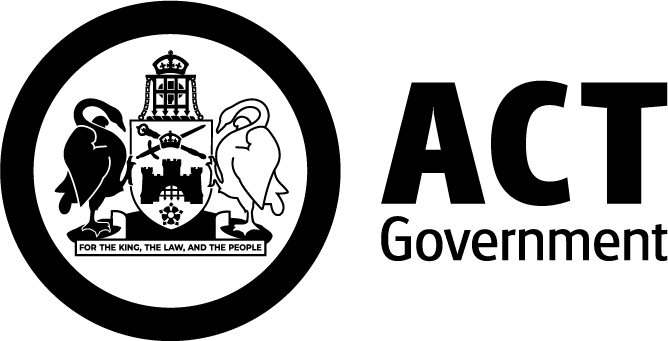Glossy Black-Cockatoo (Calyptorhynchus lathami lathami)

Description
- The Glossy Black-Cockatoo is the smallest of the black cockatoos.
- They can be fussy eaters. In the ACT, they eat the cones and seeds of mature age Drooping She-oaks. They often return to eat from trees they prefer.
- Male birds have red panels on their tail.
- Females have yellow patches around their neck and head, and orange, red and black patches across their tail.
- This species is very social. They gather in pairs or family groups that come together to form large feeding flocks.
- They need large hollow-bearing eucalyptus for their nests.
- Bonded pairs lay 1 egg each season, and hatch young from March to August.
- The young bird will stay with its parents for at least 1 year and can live for more than 15 years.
Find out more about the Glossy Black-Cockatoo on Canberra NatureMapr.
Where to find them
In the ACT, the Glossy Black-Cockatoo can be found around the:
- main feeding and nesting sites at Mount Majura and Mount Ainslie
- Pinnacle, Rob Roy and Goorooyarroo Nature Reserves
- Australian National Botanic Gardens
- Kowen Forest.
They generally live in open forests and woodlands, located off the east coast.
They’re also found west of the Great Dividing Range up to 1,000 m elevation.
Conservation threats
The main threats to the Glossy Black-Cockatoo include:
- loss of she-oak trees that provide seeds, due to clearing, fires, drought or regular burning
- loss of nesting trees with hollows near feeding areas
- urban development near their woodland homes
- loss of connected habitats and movement corridors
- climate change, with drought leading to lower breeding rates.
Conservation status
- National Vulnerable – (Environment Protection and Biodiversity Conservation Act 1999).
- Australian Capital Territory – Vulnerable (Nature Conservation Act 2014).
Conservation actions
Conservation actions aim to:
- research and monitor their ecology, threats and how to manage them
- protect and expand their habitats through nature reserves
- work with the community to raise awareness and protect the species
- Work with other states and territories for a regional approach to conservation.
